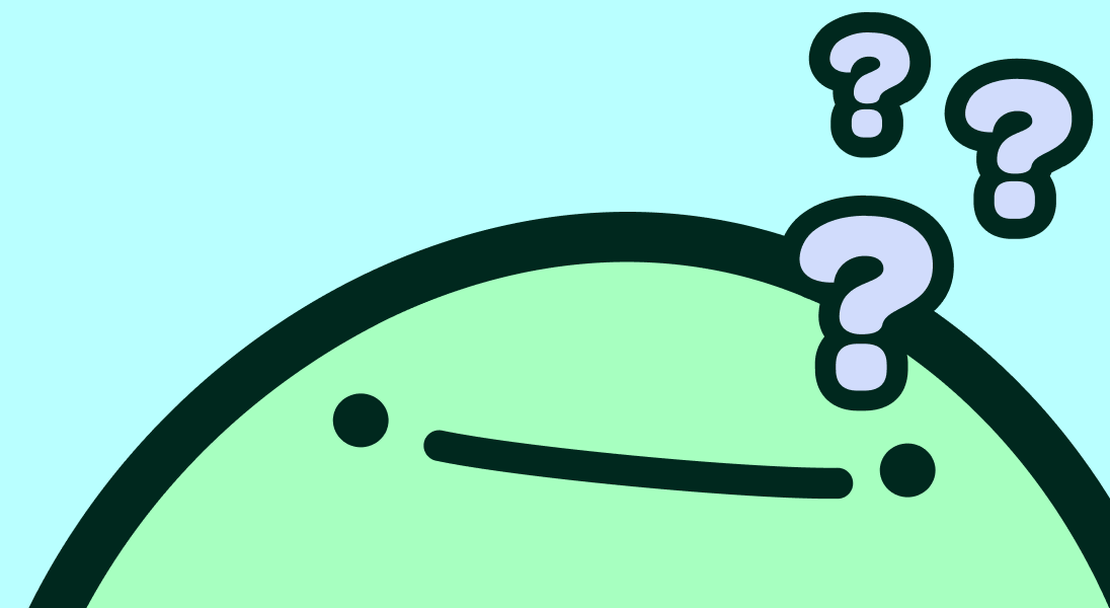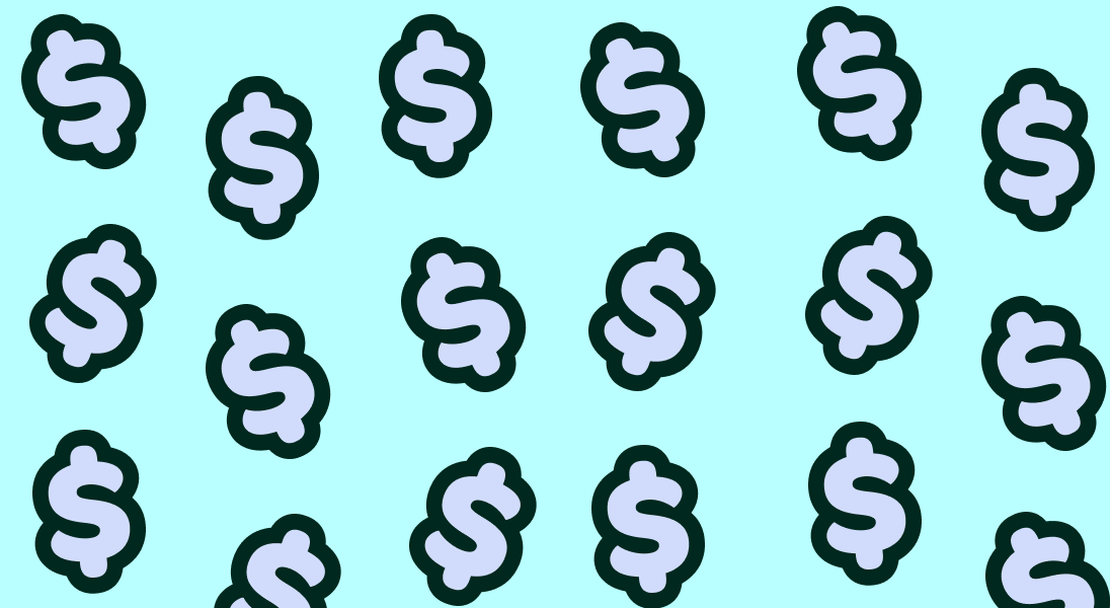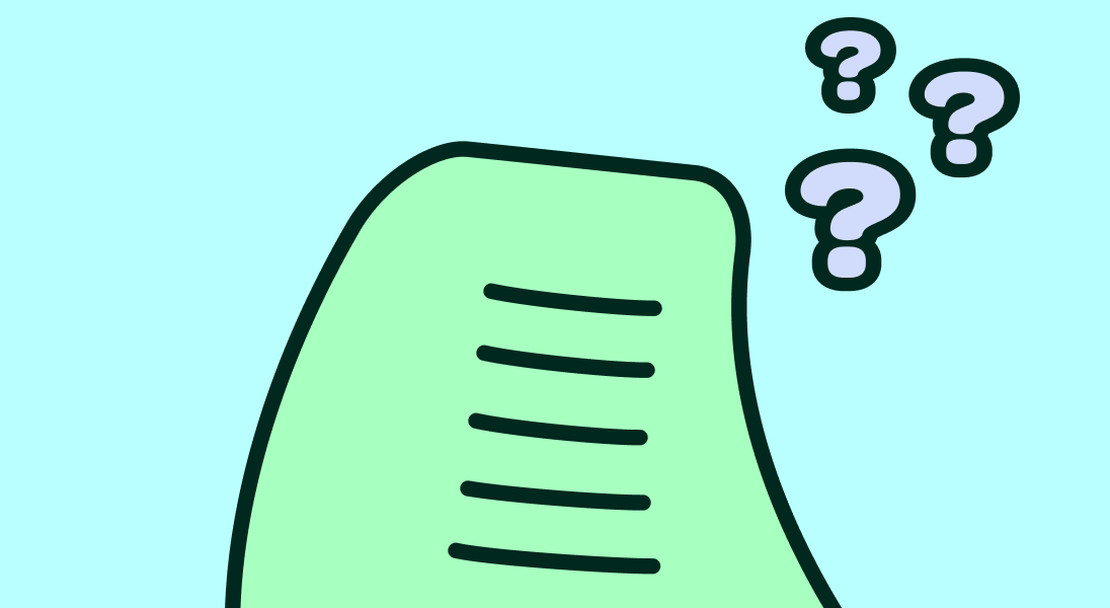
What Does It Mean When You Buy Things You Don't Need? Understanding the Habit Loop
-
Beatriz Macuco
- October 16, 2024
Table of Contents
Why am I Buying Things I Don’t Need?
Have you ever paused to ask yourself, Why do I keep buying things I don’t need? Maybe it’s an impulsive click during an online sale or adding items to your cart just because they’re discounted. These purchases can feel almost automatic, like you’re on autopilot.
That’s because, in many cases, you are. Your brain uses a mechanism called the habit loop to conserve energy and streamline repetitive actions. This process, popularized by Charles Duhigg in The Power of Habit , can explain why shopping sometimes feels like second nature. The good news? Understanding the habit loop could be the first step toward breaking the cycle of unnecessary purchases.
What is the Habit Loop and How It Relates to Our Shopping Behaviors
The habit loop is your brain’s way of automating actions to conserve energy and streamline decision-making. According to a study by psychologist Wendy Wood , 43% of our daily actions are habitual. This means nearly half of what you do each day happens on autopilot. For shopping, this means pausing to recognize when an automatic behavior is driving you to buy something you don’t actually need.
The habit loop itself consists of three key elements: the cue, the routine, and the reward. Here’s how these components play out when shopping becomes a habit:
1. The Cue: What Triggers Your Shopping Habit?
Every habit starts with a trigger—a cue that signals your brain to act. For shopping, cues could include emotional states like boredom, stress, or excitement, or external triggers like a flashy display or a sale notification.
When I first started reflecting on my shopping habits, I noticed that my triggers often included stress or anxiety. What surprised me, though, was how often boredom was also a major driver. On days when I felt idle, I’d find myself scrolling through online stores, justifying purchases that I didn’t need.
2. The Routine: How You Respond
The routine is the action you take in response to the cue. For shopping, this often means browsing, justifying a purchase, and completing the transaction. Over time, these routines become so ingrained that they happen almost without thinking.
In my case, I realized I often used the same justification: “I deserve this because I’ve worked so hard.” It was my go-to excuse for treating myself, even when the purchase had little value beyond a momentary high.
3. The Reward: Why It Feels Good
The reward is the positive feeling you get when completing the behavior. For shopping, this might be a dopamine rush, a temporary sense of accomplishment, or the excitement of owning something new. This reward reinforces the habit loop, making it more likely you’ll repeat the behavior next time the cue appears.
3. How to Stop Impulse Buying: Break the Cycle
If you want to stop buying things you don’t need, the key lies in disrupting the habit loop. Here’s how I started to break mine:
1. Identify Your Triggers
Reflect on the emotions or situations that lead to shopping:
- Is it stress after a long day?
- Are you tempted by social media ads?
For me, tracking my behavior was the game-changer. I started jotting down how I felt before shopping, why I justified the purchase, and other key details. Patterns quickly emerged: stress and boredom were my main triggers, and my justifications were often tied to rewarding myself for hard work.
2. Pause Before Acting
When you feel the urge to shop, take a moment to reflect. Ask yourself:
- Do I truly need this?
- Why am I buying it?
Over time, simply pausing allowed me to break the automatic routine of shopping. It gave me space to question whether I really needed the item or if I was just soothing an emotional state.
3. Replace the Routine
Instead of shopping, try an alternative activity that fulfills the same need. For example:
- If you’re stressed, take a walk or listen to music.
- If you’re bored, call a friend or pick up a hobby.
For me, replacing shopping with activities like joining sports that allowed me to meet new people, and making time for those already in my life who truly mattered, made all the difference.
4. Focus on the Long-Term Reward
Remind yourself of the lasting satisfaction of saving money or spending on things that truly matter to you. Over time, shopping as a way to soothe feelings like boredom or stress began to feel less like a solution and more like a distraction. The initial reward from dopamine—the feel-good chemical released during shopping—is short-lived and fades quickly, often leaving you feeling worse. For more on why retail therapy might not be the lasting solution you’re looking for, read our post on Why Retail Therapy Might Leave You Feeling Worse .
Make Conscious Consumerism Your New Habit
Changing shopping habits isn’t easy, but it’s possible. By understanding your habit loop, you can make more intentional decisions and build a healthier relationship with spending. From my own experience, I realized that material things were never the solution to my emotional struggles. The real issue was a lack of human connection—I was so busy and stressed that I often chose to skip meaningful interactions to focus on other priorities. Shopping became a stand-in, but it never truly filled the gap.
Conscious consumerism goes beyond choosing eco-friendly products or supporting ethical brands. It’s about buying less and being more intentional with your spending. By cutting back on unnecessary purchases, you’re not just saving money—you’re also reducing your environmental impact. This shift allows you to focus on what truly matters in your life, creating space for meaningful experiences rather than falling into the cycle of endless consumption that harms both your well-being and the planet.
Ready to Take the First Step?
Understanding your spending habits is the foundation for meaningful change. Willow makes this easier by helping you identify your patterns. Through a simple questionnaire, you’ll gain insights into your current habits, displayed clearly in your personal insights view. These insights empower you to reflect, adjust, and build healthier spending habits—aligned with what truly matters to you.


